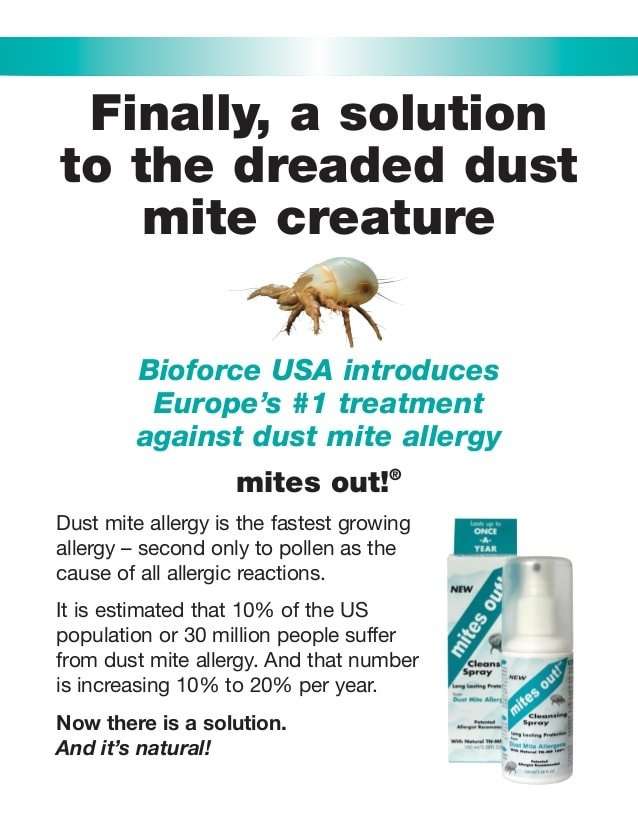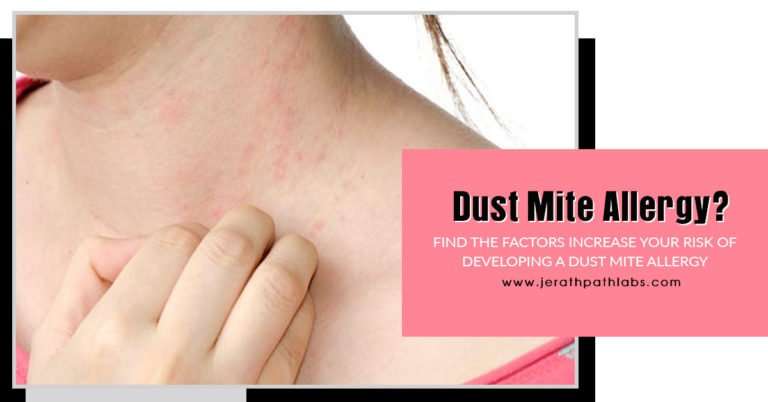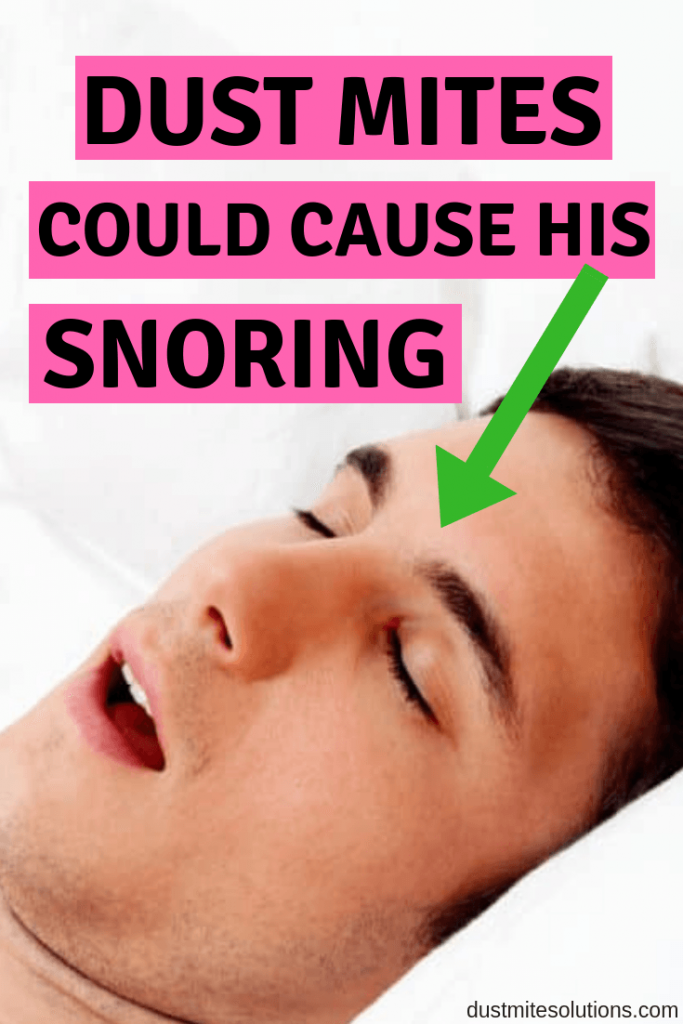References And More Information
If you suspect you might have a house dust mite allergy, talk to your doctor and ask for a referral to an allergy specialist for allergy testing. You can read my first hand account of allergy testing here What is allergy testing for hay fever really like?
Did you know that if you are allergic to dust mites, you could also be allergic to edible crickets? Read more in our post Edible cricket allergy? High in protein, risky for some
To find out more about dust mite allergies and reducing dust mite allergens in your home, have a look at some of these great resources:
- Australian Society of Clinical Immunology & Allergy Allergen Minimisation fact sheet
Dust With A Damp Cloth
Its vital to frequently dust all surfaces on your home. The less dust and skin cells in your home, the harder it is for dust mites to survive.
Its a mistake to dust with a dry cloth though. This just stirs allergens into the air and can make symptoms worse.
Instead, use a damp cloth to wipe windowsills, counters and other surfaces. The moist surface traps allergens and prevents dust from accumulating.
Tip #1: Wash Childrens Stuffed Animals And Pets Bedding Frequently
If it’s made from fabric, it could attract dust mites!
Dry out your pillows by stuffing them with old sheets or hand towels for a few hours before putting them back on the bed.
Freshen up carpets and rugs in low-traffic areas such as hallways, staircases, and attics. Use vacuum cleaner attachments to suck up dust from under furniture, where it accumulates unnoticed until disturbed.
Wipe down door frames with damp cloths if visible dirt is present; then use a dry cloth to remove any excess water.
Don’t Miss: What Is The Best Vitamin For Allergies
How Do Dust Mite Allergens Affect Health
Mites are one of the major indoor triggers for people with allergies and asthma. 2
Chronic, ongoing exposure to dust mites at home can dramatically impact the health of people with asthma and those who are allergic or particularly sensitive to mites. These allergens cause an immune system response, known as allergic rhinitis. A dust mite allergy can range from mild to severe. A mild case may cause an occasional runny nose, watery eyes and sneezing. In severe cases, the condition is ongoing, or chronic, resulting in persistent sneezing, cough, congestion, facial pressure or severe asthma attack. People with asthma who are sensitive to mites face an increased risk of flare-ups or asthma attack.3
How To Minimize Dust Mites

To keep dust mites out of your mattress, use a high thread count sheet or duvet cover. Wash bedding in hot water and dry clean it to kill all our pesky friends while making them easier for you to clean up after yourself.
Keeping bedroom surfaces as clutter-free as possible will also help lower the chance that they’re around when you’re sleeping. A neat environment is less hospitable for these microorganisms. Also, avoid using bedding with crushed feathers, wool, or down because it collects more dust than cotton does and has a higher likelihood of harboring bugs too!
Switching to an organic, allergen-friendly mattress takes away one of the dust mites favorite places to live. Hypoallergenic natural latex mattresses are harder for dust mites to burrow into, meaning your mattress needs less frequent cleaning while keeping you away from dust mite allergens all night long.
You May Like: Does Your Throat Hurt With Allergies
Tip #: Replace Carpets
Replace carpets if you have any with hard flooring instead dust mites can’t survive long without a fiber mat, so they’re much less likely to be in the room with hard floors!
Stay away from upholstered furniture, too, because it reduces air circulation, which will make the dust mite allergen presence worse and produce more allergens for you when living with these materials.
Tip #: Reduce The Places Where Dust Mites Can Grow
Dust mites also like to grow in areas with high skin cells, such as mattresses and pillows.
Try to keep carpeting or any upholstered furniture away from your bedroom, since dust mites produce more allergens when they live on these materials. Wash bedding at least once a week to kill any dust mites that may have grown there.
Avoid using softener sheets because the chemicals can irritate your skin or aggravate dust mite allergies even further.
To prevent the problem altogether, you will want to invest in mattress covers that trap body heat and keep out anything else like dirt, spills, sweat. Covers are hypoallergenic, so you dont have to worry about allergic reactions.
Recommended Reading: Are Rice Krispie Treats Allergy Safe
Dust Mite Allergy Management And Treatment
Make changes to your home and to your routine:
- Remove wall-to-wall carpets, curtains, and drapes particularly in the bedroom.
- Keep pets out of the bedroom, and preferably out of the house.
- Minimize household humidity.
- Use mite-proof cases on mattresses and pillows; wash bed linens frequently in hot water.
- Wear a mask when cleaning
- Keep the relative humidity in your home less than 50%
Animal Hair Fur And Feathers
Pets can cause problems for allergic patients in several ways. Their dander , saliva and urine can cause an allergic reaction, especially when combined with household dust. In households with birds, feathers and bird droppings can also become embedded in household dust and cause problems for people who are allergic to them.
Recommended Reading: Can Dark Circles Under Eyes Be Caused By Allergies
Control Measures And Sanitation
A number of researchers, like those atthe University of Nebraska, have studied dust mite control and have a set of recommendations that are proven to be effective. Recommendations focus on “dust control.” One must reduce the concentration of dust borne allergens in the living environment by controlling both allergen production and the dust which serves to transport it. For the bedroom environment you will want to use some or all of the following methods. We have listed them in order of practicality combined with effectiveness.:
Dust Mite Allergy Prevention
Bedding is the ideal breeding ground for dust mites. Its usually the perfect temperature and humidity for them, and the people curled up at night provide an unlimited food supply.
Fortunately, its not a losing battle for those with dust mite allergies. You can take the following steps to help make sure your bed stays free of dust mites:
- Use allergen-proof bed covers on the mattress, box spring, and pillows. Zippered covers are best. Their tightly woven fabric prevents dust mites from getting into beds.
- Wash all bedding in hot water at least once a week. This includes sheets, pillowcases, blankets, and bed covers. Dry in a hot dryer or in natural sunlight during summer months.
There are more ways to manage dust mites. Unlike with outside allergens such as pollen, you can keep dust mites under control with a few key steps:
Also Check: How To Cure Tannin Allergy
Why Traditional Allergy Treatments Often Fail With Dust Mites
The most common advice for treating an allergy is to avoid the triggering allergen. For pet dander or even certain food allergies, this is difficult but not impossible. Dust mites can infest almost everywhere in a home though, so its impossible to avoid them.
This leads to a variety of medications being recommended for relieving symptoms. Some of the most common include antihistamines, corticosteroids, and nasal decongestants.
Despite being widely used, even doctors admit these medications rarely provide complete relief. They are often used instead of natural methods that can be more effective. Medication can also discourage people from reducing the quantity of mite allergens in the home.
Can Dust Mite Allergy Be Treated With A Pill

- By Anna R. Wolfson, MD, Contributor
Its something people dont like to think about, but its a fact that dust mites are all around us. These mites are microscopic relatives of spiders and ticks who live off of skin cells that we shed. It is almost impossible to eradicate them, and even the cleanest home has dust mites. Though dust mites do not bite us or cause rashes, they are a common cause of year-round allergy symptoms such as runny nose, itchy eyes, and sneezing. People with dust mite allergy have a persistently itchy nose even when not physically around dusty objects.
A recent study has shown that a new way of treating dust mite allergy is effective and safe. What do you need to know about this treatment, called sublingual immunotherapy?
Don’t Miss: Can You Outgrow Food Allergies
Control Your Air Important Steps
Keep humidity below 50% to prevent dust mite growth entirely. Lesser decreases in humidity still suppress dust mite growth and allergen production somewhat. Use air conditioning in the summer, supplemented with an additional dehumidifier.
The following steps are of questionable benefit, and we can not recommend them based on current information:
The role of chemical treatment of mites in carpets is unclear. Benzyl benzoate works very well in the laboratory to kill dust mites on contact, but has not been shown to decrease mite allergen levels in homes enough to decrease symptoms. Tannic acid does not affect the mites themselves, but works to inactivate the allergen in their waste particles. It is less effective and shorter lasting than previously believed. Neither of these is recommended by the current National Heart, Lung and Blood Institute guidelines.
Air cleaners, although widely used, have not been shown to be of significant benefit for mite allergy. This is probably because mite allergens in the air settle to the floor within a half-hour after disturbance. Air cleaners are more useful for smaller allergens, such as animal danders, which stay airborne for long periods of time.
Studies have shown little or no allergen in hot air ducts. Hot air duct cleaning has not been shown to be helpful or needed.
Increase Cleanability Of Home
We highly recommend having a home layout that allows you to clean and vacuum everywhere.;The best ways to do this are:
- Ensure all furntiure is on legs ;
- Ensure all cables from your laptop and pc are bundled together and are easy to clean. We sell the ultimate cable kit here!;
- reduce the amount of items in your home, figures and pictures on a shelf may look great but it means you have more items to clean!;
Recommended Reading: How Long Does It Take For Allergies To Go Away
Causes Of Dust Mite Allergy In Cats
Dust mite allergies in cats is caused by the Der p1 specialized protein found in the mites feces. Coming into contact with said fecal particle, the felines immune system overreacts, creating antibodies for the antigen. Dust mites allergies are non-seasonal, but felines may develop an allergenic condition during the fall and winter months. Likewise, an outdoor cat that is brought indoors during the cold months of the year may suddenly develop an allergy as the home is closed up, keeping the dust mites in a confined area.;
Diagnosing Dust Mite Allergy
To find out for certain if you have dust mite allergy, youll need to visit your health care provider.
Be ready to describe your symptoms, how bad they are and how long they last, and your medical history. Your health care provider might then refer you to a specialist for more tests, such as a skin prick test or a blood test, to help make the diagnosis.
Allergic rhinitis is normally treated with antihistamines or corticosteroid nasal sprays. Both work by controlling the irritation and inflammation in your nose.
If you have eczema, there are skin care regimes designed to soothe and moisturize. Meanwhile antihistamines and corticosteroid creams may help control itching and inflammation.
Always follow your doctors or pharmacists advice as well as the instructions in the patient information leaflet when taking medicines to relieve dust mite allergy symptoms.
Recommended Reading: What Allergy Medicines Are Safe While Breastfeeding
Vacuum With A Hepa Filter
Modern vacuums have a built-in filter. This prevents dust and other home mess from escaping via the exhaust air.
The problem is the average vacuum filter isnt capable of filtering very small particles. Tiny allergens, including mite body parts and excrement, can escape. This is why allergy symptoms might feel worse after vacuuming, as the machine has pumped allergens into the air.
A solution is to buy a vacuum with a HEPA filter. These filters are more effective at capturing particles, so the air in your home is cleaner and contains fewer allergens.
Its also a good idea to buy a bagged vacuum cleaner. The top models have self-sealing bags, so allergens cant escape when it needs to be emptied.%nbsp;
How Do Dust Mites Cause An Allergy
Dust mites cause allergies in two ways. The first is through their waste. They produce waste, as they eat, as all organisms do. The waste is an allergen for some people.
The second cause of dust mite allergies is the bodies or body parts of these creatures. As dust mites die, their remains stay in place. These remains are the second allergen produced during their life cycle.
- post-nasal drip
- itchy throat or nose
People who have asthma may find that their asthmatic symptoms are triggered. Because of the similarities with other allergies, it can be hard to distinguish an allergy caused by dust mites.
If allergy symptoms persist year-round, it may be a sign that dust mites are the cause. A doctor will refer someone with allergy symptoms to an allergist for further tests, including:
- Skin prick test : A practitioner pokes a small hole in the skin and introduces a drop of an allergen. If the person has an allergy to it, the area will become irritated, red and inflamed.
- Specific IgE Blood Test: An allergen is added to a blood sample and the amount of antibodies created is measured. The higher the number, the more likely it is that a person is allergic to the substance.
A doctor will often use both the test results, along with an interview and examination of the person, to diagnose an allergy to dust mites.
There are several treatment options for allergies caused by dust mites. These include:
The other medications may be useful for people with asthma that is triggered by allergies.
Read Also: How To Unblock Your Ears From Allergies
Tip #1: Steam Clean Surfaces And Materials That You Cannot Put Through The Washing Machine
Cleaning in the spring is essential to help with dust mites. Steam clean surfaces and materials that you cannot put through a washing machine, such as bedding or curtains.
The following tips will enable you to get your home ready for spring cleaning: Clean around all of your furniture and appliances by vacuuming carpets, baseboards, window ledges, bookshelves everywhere!
Dust any soft furnishings with a dry cloth when possible; if not, then use an appropriate duster which you can wash between uses at 30 degrees Celsius . Wash walls using soapy water on a sponge or brush attachment from the ceiling down before wiping down the surface once again after rinsing off soap residue.
Diagnosis Of Dust Mite Allergy In Cats

The diagnostic tests specific to dust mite allergies is the skin sensitivity test or the serum IgE test for the reaction to Der p1 proteins caused by dust mites. However, other mites, such as the Cheyletiella, Otodectes and Sarcoptes mite, belong to the same order of acarids, therefore, false positives can occur. For example, if your feline has Cheyletiella, she could actually test positive for dust mites too. Your veterinarian will then use your felines clinical symptoms to differentiate between the types of mites and retest the feline. The symptoms associated with dust mite allergies in cats mimic those of food allergies, seasonal allergies, environmental allergies and a number of infections, so a differential diagnosis will need to be made. A differential diagnosis may include a skin scraping, skin cell cytology, skin sample culture and blood test.;
You May Like: How To Treat Ragweed Allergy
Dust Mite Allergy Tip #: Clean Your Home Like A Ninja
Household chores are super boring but theyre essential for keeping the amount of dust mites down.
But try not just to stir the dust up more than you have to. Otherwise youll end up breathing in even more of the allergens youre trying to get rid of. Use a damp cloth instead of a duster and vacuum regularly.
When you have dust mite allergy all surfaces of upholstered furniture should be vacuumed regularly. It takes more than the average vacuum cleaner to do the job properly. A regular machine may make your floors look nice, but it will only remove a small portion of dust mites and might actually blow the particles back into the air.
To attack dust mites and their allergens effectively, start by using a vacuum cleaner with a HEPA filter. These can remove a high proportion of the smallest particles and trap them in the dust collector.

